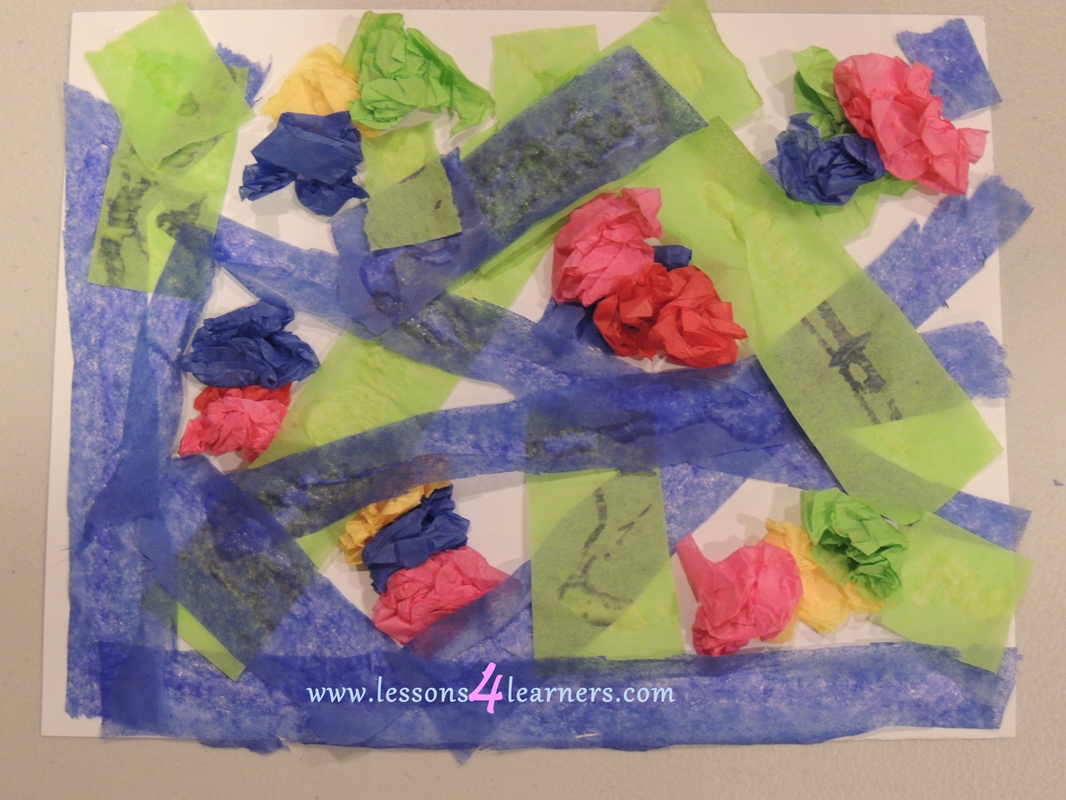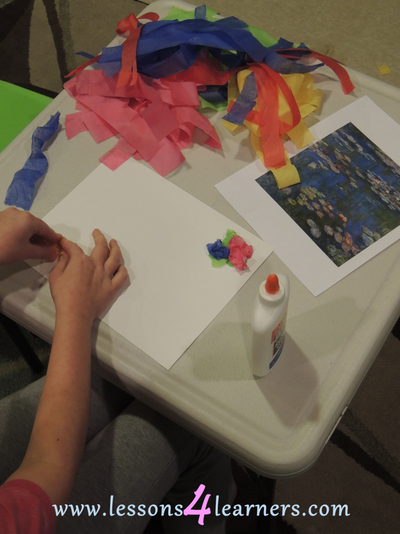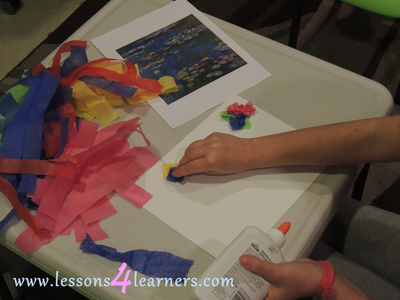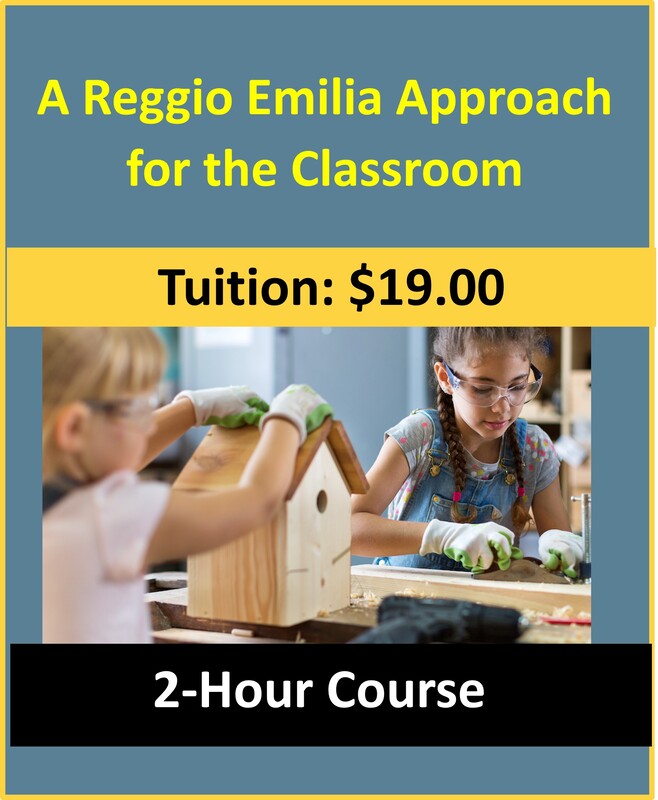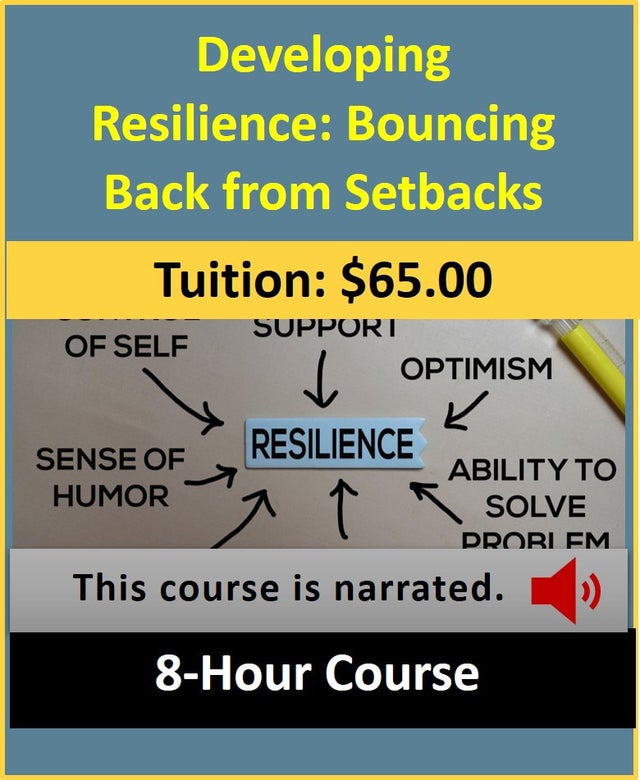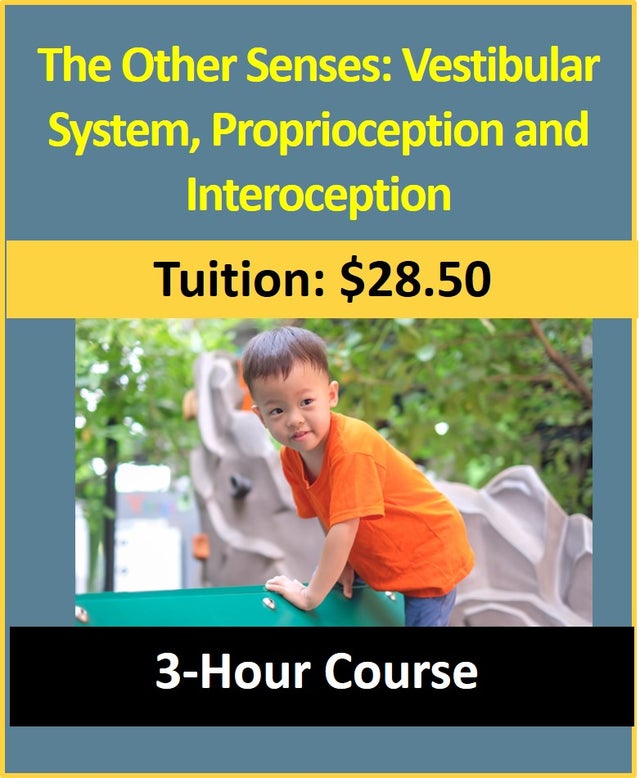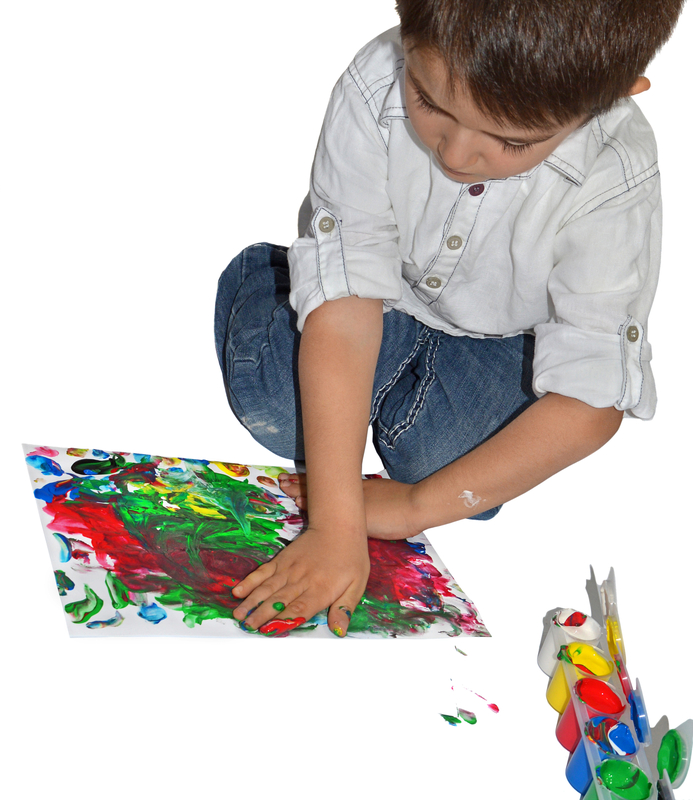Monet's Paper Waterlilies
|
Activity:
Monet's Paper Waterlilies Lesson plan developed by: Ms. Erika Geelhoed, BA Ed Age Group:
* Lesson plan objective and assessment can be adapted to use this activity with school-age children.
|
|
Objectives:
Children will:
II.7.1a
Activities and material encourage children to express themselves through the visual arts
a) Art materials and activities are available for children daily Materials:
|
Resources:
Procedure:
- If the children have been showing interest in plants or different types of art, begin the activity by introducing Monet. Give the children a brief biography and answer any questions they may have about him. Show the children a picture of him as well as a variety of his works.
- Explain to the children that they will be able to study the painting Water Lilies by Monet and create their own water lily piece of art using the different colored tissue paper.
- As the children are working, ask them open ended questions about plants or the art they are making.
Assessment:
- Observe and record the children as they create. How did they go about using the materials? During the activity, did they share any information or ideas about Monet?
Note: Please provide appropriate supervision to the children in your care when completing all activities. You will need to decide what types of activities are safe for the children in your care. Appropriate and reasonable caution should be used when providing art and sensory experiences for children. Toddlers require special caution, only use non-toxic materials, and do not allow toddlers to put things in their mouths that are a choking hazard.
Click on the course icon for enrollment information.
The Significance of Art in Child Development
|
Children are naturally curious about the world around them. From the moment they are born, they are investigating, imitating, and trying to figure out how things work. This unrestricted exploration helps to form connections in the brain by engaging all of their senses. Art is a natural activity that supports this concept. As children experiment with different materials, they are essentially building a foundation for the brain by strengthening neural pathways. The creative arts are fundamental for helping children develop each of the learning domains.
|
Unfortunately, in recent years with the pressure to raise test scores, there has been a shift away from the arts in order to focus on reading and math. Educators need to be aware that the arts should not be treated as a luxury for their students. They are a critical component of child development. Teachers should designate specific times in the day for art instruction as well as attempt to integrate the arts into core subjects as much as possible.
While it may seem like art is fun and games for children (which it is), it is it so much more. The arts help students become well-rounded learners. The skills and abilities that your students are learning through art exploration will continue with them the rest of their lives.
While it may seem like art is fun and games for children (which it is), it is it so much more. The arts help students become well-rounded learners. The skills and abilities that your students are learning through art exploration will continue with them the rest of their lives.
